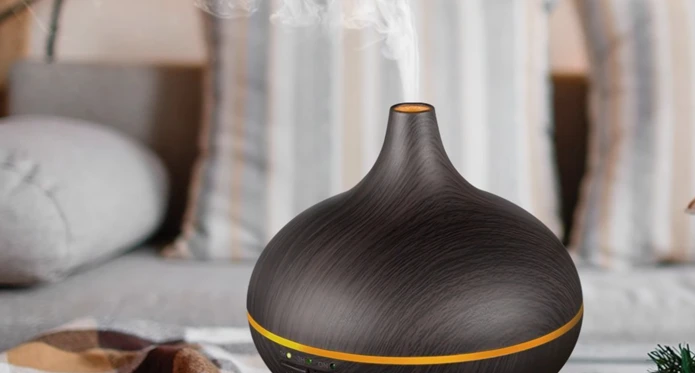Last Updated on March 8, 2023
Air fresheners are a convenient way to keep your home smelling fresh and welcoming. They are available in various forms, including candles, plugins, and sprays. All these products release a scent into the air to mask the foul odor.
But what happens when they come into contact with paint? Can air fresheners melt paint? If you intend to use air fresheners in your home, you need to know the answer to this question.
You will then determine whether using an air freshener is beneficial or detrimental. We will give you the answer that you have been looking for. The information will help you decide whether air fresheners are right for you.
Can Air Fresheners Melt Paint? Get To Know the Truth
Answering this question depends on the type of air freshener that you are using. If you are using plug-in air fresheners, they can melt the paint on your walls.
Spray air fresheners also have the potential to deteriorate your paint job. Candles and gel air fresheners are much less likely to cause any deterioration to your paint. It is still possible for them to do so, but the chances are much lower.
Why Do Air Fresheners Melt Paint?
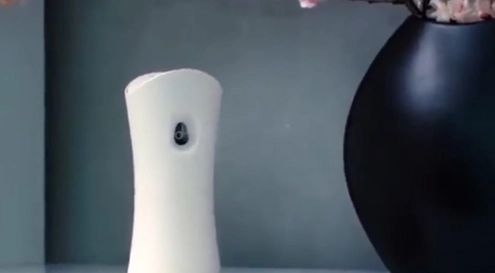
As we have established, not all air fresheners will melt your paint. But for those that do, there are reasons why this happens. Look closely at potential causes, especially plug-in and spray air fresheners.
1. Chemical Reaction: Many air fresheners contain volatile organic compounds or VOCs. When these chemicals come into contact with paint, they can break down the binding agents that hold the paint together. This can cause the paint to become brittle and flake off of surfaces.
In some cases, the chemicals can also react with the pigments in paint, causing them to fade or change color. Methylene chloride is present in some air fresheners, especially plug-ins.
It is a colorless and sweet-smelling chemical but can act as a paint stripper. As the air freshener releases this chemical into the air, it can slowly react with the paint, causing it to peel or flake.
2. Heat: Plug-in air fresheners require heat to work. To accomplish this, they are plugged into an electric outlet.
An electrical current passes through a heating element to generate heat. The scented oil is slowly released into the air in a plug-in air freshener.
As the oil is heated, it turns into a fine mist that spreads throughout the room. If the oil is heated too quickly, it can cause the paint on walls and ceiling to blister and peel.
In most cases, this deterioration is caused by the electrical current that powers the plug-in air freshener. When the current flows through the heating element, it generates heat that can cause the nearby paint to melt.
3. Outdated Air Fresheners: Just like any other product, air fresheners have a shelf life. After a certain amount of time, the fragrance oil in an air freshener can become rancid. When this happens, the oil can release harmful chemicals into the air.
These chemicals can cause respiratory problems and trigger allergic reactions. In some cases, they can also impair the paint. If you have an air freshener over two years old, it is best to throw it away.
How to Avoid Ruining Your Paint When Using Air Fresheners?
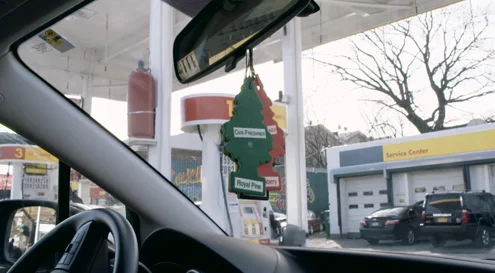
Now that you know how air fresheners can adversely affect your paint, you are probably wondering how to avoid this problem. Let’s take a look at some tips that can help.
1. Use Air Fresheners Sparingly
If you want to prevent paint damage when using air fresheners, the best thing to do is to use them sparingly. This means that you should only use them when necessary and not have them running all the time. Make sure you turn on your plug-in air freshener only when necessary.
Once the room is fragrant enough, turn it off. This will prevent the air freshener from releasing excessive amounts of fragrance oil into the air and causing deterioration to your paint.
When setting up a plug-in air freshener, choose an outlet that is not located near any painted surfaces. This will further reduce the risk of paint degradation. The ratio of air freshener to room size is also essential.
You will need to use more air freshener in a large room than in a smaller one. When using spray air fresheners, use only a few sprays. Consequently, the concentration of fragrance oil in the air will be lower, and your paint will be less likely to be affected.
2. Be Careful When Choosing Air Fresheners
When choosing air fresheners, it is essential to be careful. Make sure you avoid air fresheners that contain harmful chemicals like methylene chloride. If you can, choose air fresheners that are made with natural ingredients.
These air fresheners are less likely to affect your paint. There are a few ways to tell whether an air freshener is natural. First, check the label for any synthetic fragrances. These are usually listed as “perfumes” or “fragrance oils.” If they’re present, the product is probably not natural.
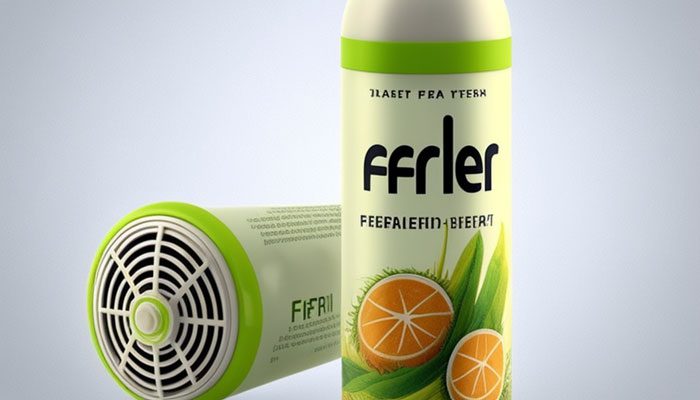
Second, look for essential oils on the ingredient list. These are natural oils extracted from plants and flowers, and they’re often used in aromatherapy. Third, check for citrus ingredients like lemon and orange peel oil, which are also natural.
Finally, avoid air fresheners containing phthalates, synthetic chemicals used to make fragrances last longer. If unsure about an ingredient, you can always look it up online or contact the manufacturer directly.
By following these tips, you can quickly identify natural air fresheners. You also need to check the shelf life of air fresheners and ensure you don’t use them after they expire.
3. Avoid Direct Contact Between Air Freshener and Paint
You should avoid direct contact between an air freshener and your paint when using an air freshener. It is not recommended to spray the air freshener directly on painted surfaces.
To use the air freshener, spray it into the air and allow it to drift around the room. Doing this will prevent the fragrance oil from directly contacting your paint and causing an adverse reaction.
4. Clean Up Any Spills Immediately
If you accidentally spill air freshener on your paint, cleaning it up immediately is essential. The longer the air freshener sits on the paint, the greater the risk of deterioration.
Using baking soda with hydrogen peroxide can effectively clean up a spill. First, mix one part baking soda with two parts hydrogen peroxide to create a paste. Next, apply the paste to the spill and scrub it gently with a soft cloth.
Clean the area with a damp cloth and allow it to dry. You can also use white vinegar to clean up air freshener spills.
Just mix one white vinegar with two parts of water and apply it to the spill. Scrub the area gently, then wipe it clean with a damp cloth.
How to Make Chemical-Free Air Fresheners at Home?
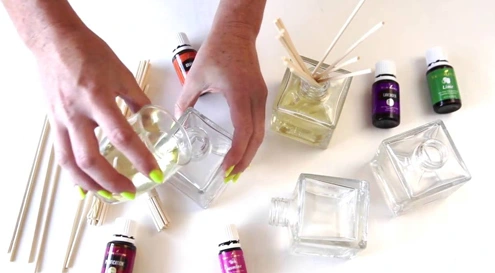
If you’re concerned about the chemicals in commercial air fresheners, you can easily make your own at home.
The process is simple and requires only a few ingredients you probably already have in your kitchen. To make your air freshener, you’ll need:
- 2 cups distilled water
- 1 tablespoon baking soda
- 5 to 6 drops of essential oil
The amount of essential oil you use will depend on how strong you want the fragrance to be. Start with five drops and add more if necessary. You can experiment with different essential oils to find a scent you like.
Once you’ve gathered your ingredients, mix the distilled water and baking soda in a bowl. Next, add the essential oil and stir until it’s thoroughly combined.
After mixing everything, transfer the air freshener to a spray bottle and use it as needed. This homemade air freshener is safe to use around your paint and won’t adversely affect it. Plus, it’s a great way to freshen up your home naturally.
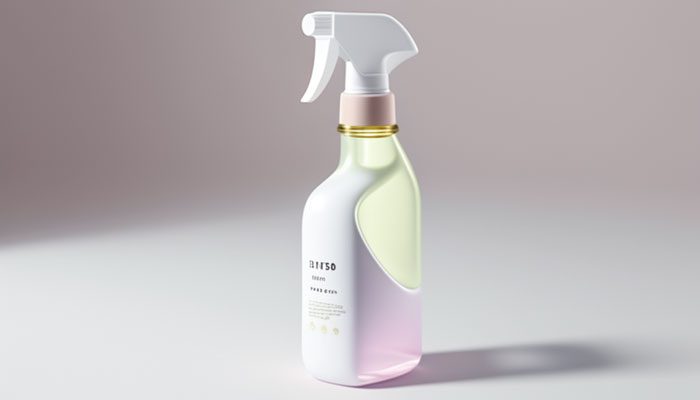
Topics that Interest You: Is there a safe air freshener to use around computers?
Frequently Asked Questions:
There are many questions related to air fresheners and paint. The following are some of the most frequently asked questions and their answers:
1. How long does it take for air fresheners to melt paint?
It depends upon the air freshener type and the ingredients it contains. Some air fresheners can cause paint to melt within a few hours, while others may take days or weeks.
The quality of the paint also plays a role in how quickly it will melt. This is why it’s essential to carefully read the air fresheners’ labels and choose one that is safe to use around the paint.
2. What are some of the symptoms of air fresheners melting paint?
Bubbles on the surface of paint are one of the most common signs that air fresheners are melting paint. The chemicals cause these bubbles in the air freshener, which react with the paint and cause it to break down.
Besides bubbles, melting paint can also cause the paint to change color or become crumbly. If you notice any of these symptoms, it’s essential to remove the air freshener from the room and ventilate the area to prevent further effects.
3. How long does air freshener stay in the air?
The exact duration of an air freshener’s scent will vary depending on the product type, the room size, and the airflow. For example, aerosol air fresheners typically disperse their fragrance more quickly than plug-in air fresheners, which release a steady stream of aroma beads over a longer period.
Similarly, spraying a large amount of air freshener into a small space will cause the scent to be quickly overpowered, while a light mist in a large room will allow the fragrance to linger for hours. Most air fresheners will provide sufficient fragrance for about 2 to 6 hours.
Conclusion:
We hope that the question “can air fresheners melt paint?” has been answered clearly and understandably. Air fresheners can melt paint, but this depends on the ingredients in the air freshener. Some air fresheners are more likely to deteriorate paint than others.
If you are concerned that an air freshener may negatively affect your paint, read the labels carefully. Ensure that the product you intend to use is suitable for contact with the paint.
Always spray the air freshener into the air instead of directly on surfaces. With paint-safe ingredients, you can make your air freshener at home. By following these simple steps, you can keep your home smelling fresh and your paint looking great.
Topics of Discussion:
- Can you put anything in a humidifier to make it smell good?
- Is there a way to get air freshener off of my hands?

